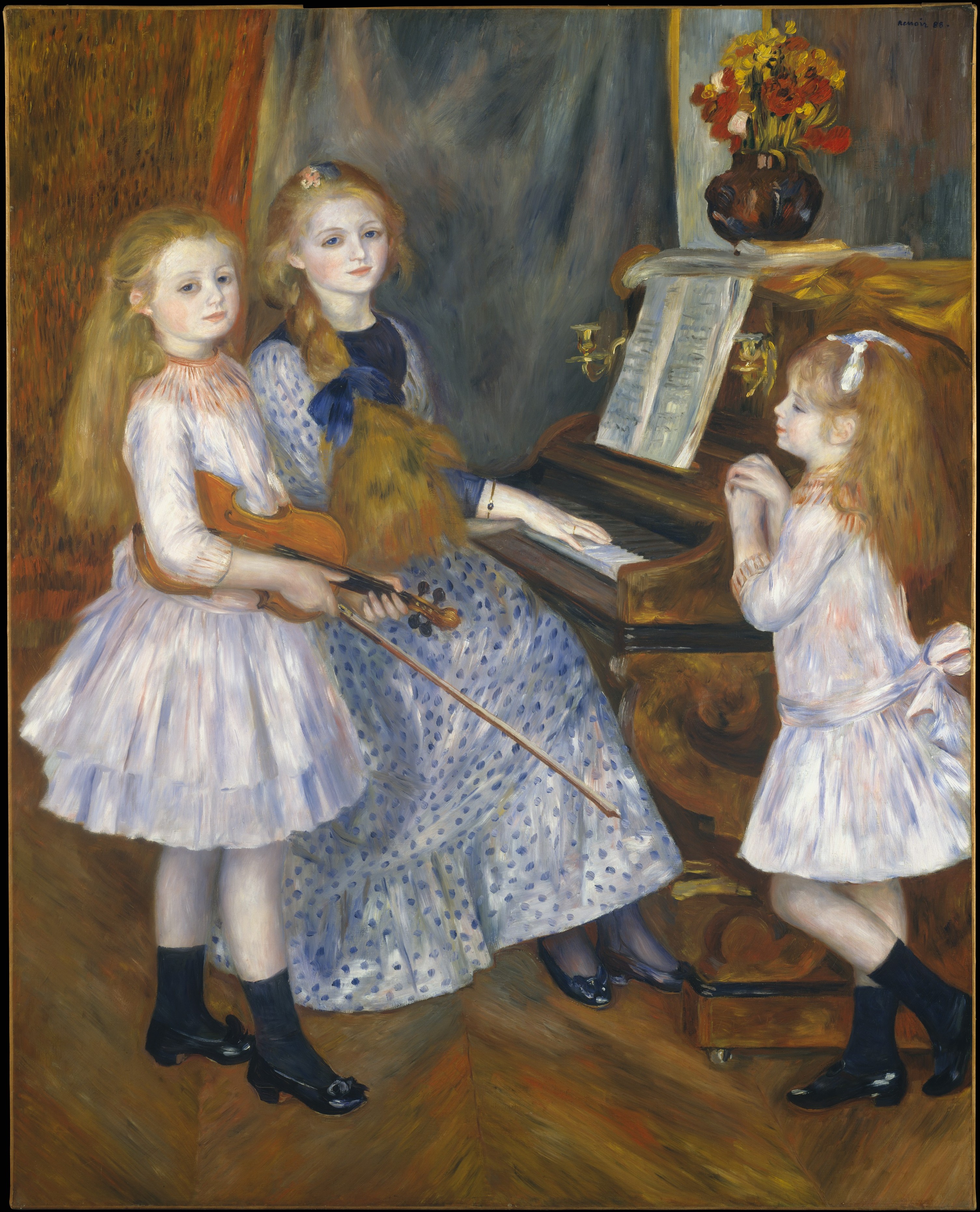-
03
-
03
-
03
-
03
-
03
-
03
-
03
-
03
-
03
-
03
-
03
-
03
-
03
-
03
-
03
-
03
-
03
-
-
-
03
-
03
-
03
-
03
-
03
-
03
-
03
-
03
-
-
03
-
03
-
03
-
03
-
03
-
-
03
-
03
-
03
-
03
-
-
03
Children’s Music at The Aspen Music Festival
Tuesday, July 16, 2024
Posted By:Kate Hamori
—

Whether nursery rhymes, lullabies, or taunting couplets on the playground, music is central to children’s lives. But when children’s music appears in the concert hall, the porous boundary between adolescence and adulthood becomes clear. Indeed, the meaning of “childhood” itself is fluid; musicologists Susan Boynton and Roe-Min Kok describe it as “a context-dependent sociocultural construct typically presented from an adult perspective.” What does it mean, then, for adult composers to revisit their childhood memories in a musical context?
In his lecture “Creative Writers and Day-Dreaming,” Sigmund Freud drew connections between children and creative writers. He asserts:
The child's best-loved and most intense occupation is with his play or games. Might we not say that every child at play behaves like a creative writer, in that he creates a world of his own, or rather, rearranges the things of his world in a new way which pleases him?
A similar sentiment is true of composers who draw from childhood. The meaning of children’s music varies depending on the child’s positionality within the musical process. For example, music for children might be performed or listened to by children, while music about children takes young people as musical subjects. This AMFS season ranges across these types of work, by composers presenting unique approaches to childhood.
In some of these works the creative genesis comes from direct acts of play with children, as in the opera Hänsel und Gretel (July 19); its material was originally incidental music for a puppet show put on by Humperdinck’s nieces. With his sister, Humperdinck expanded the piece into a singspiel and eventually an opera, his most enduring and popular work. Combining German folk songs with Wagnerian leitmotivic techniques and the Brothers Grimm’s heightened drama, Hänsel und Gretel has become a holiday favorite, much like Tchaikovsky’s Nutcracker, another example of vivid, sensory children’s music.
By contrast, Escape from the Tuileries by mandolinist Chris Thile (June 27) joins a cohort of works for which composers draw inspiration from their own children. Inspired by chasing his son through a funhouse in Paris, Escape from the Tuileries is whimsical and exhilarating—perfect for Thile’s virtuosity. Reference to the Tuileries Garden invokes Paris’s chaos and romance. Thile experiments with meter, tempo, and genre throughout the piece, supporting the virtuosic mandolin solo lines with full orchestral power in a rambunctious musical game of tag.
When it comes to music written for children, the most beloved example is Prokofiev’s Peter and the Wolf (Family Concert, July 13). Designed to introduce young children to classical music, the piece includes a written story that is read aloud by a narrator. Prokofiev
introduces orchestral textures and timbres by assigning different instruments and motives to characters in the fairytale: the fluttering flute becomes a bird; the bright, buzzy oboe becomes a duck; and smooth, legato in the clarinet becomes a cat.
Cultural connotations formed by pieces like Peter and the Wolf, then, make it possible to write children’s music without invoking specific characters, like in Jihyun Kim’s Once Upon a Time (Chamber Music, June 29). Kim writes: “[the piece] is not related to a specific tale, rather, general characteristics of fairy tale are portrayed in each musical scene.” By explicitly not including a storyline, Kim can explore descriptive possibilities of children’s music without the limits of a sensical story. The taunting, lilting rhythms throughout call to mind children’s nursery rhymes, while whimsical percussion interjections lend a sense of exploratory curiosity. Once Upon a Time is so evocative that at times the six performers seem to be both playing the music and playing with each other.
Children’s music allows composers, performers, and listeners to set aside our “know-betterness” and return to the ways we made sense of the world as children. By reframing this part of ourselves as child-like, rather than childish, we can begin to see make-believe as a crucial part of meaning-making, and by extension, music-making.
The Daughters of Catulle Mendès, Huguette (1871–1964), Claudine (1876–1937), and Helyonne (1879–1955), 1888 (oil on canvas) by Auguste Renoir. Metropolitan Museum of Art. The Walter H. and Leonore Annenberg Collection, Gift of Walter H. and Leonore Annenberg, 1998, Bequest of Walter H. Annenberg, 2002.

Kate Hamori is a first-year doctoral student in musicology at the University of California, Los Angeles. She holds master’s degrees in musicology and library science from Indiana University Bloomington. Her recent musicological work focuses on girlhood, as well as the intersections of sound, violence, and the internet, especially on social media platforms like TikTok. She also researches the role Wikipedia plays in shaping public understandings of popular music, voice, and the entertainment industry. Hamori’s interests in music librarianship include ethical cataloging practices, library instruction, and social media outreach. In addition to her studies, Hamori works as a library student research assistant for the UCLA music library. A pianist and soprano, she is an active choral singer and enjoys accompanying the occasional high school musical whenever the opportunity presents itself. In her spare time, Hamori enjoys editing Wikipedia pages and hanging out with her two cats, Hildegard and Igor.
-
03
-
03
-
03
-
03
-
03
-
03
-
03
-
03
-
03
-
03
-
03
-
03
-
03
-
03
-
03
-
03
-
03
-
-
-
03
-
03
-
03
-
03
-
03
-
03
-
03
-
03
-
-
03
-
03
-
03
-
03
-
03
-
-
03
-
03
-
03
-
03
-
-
03